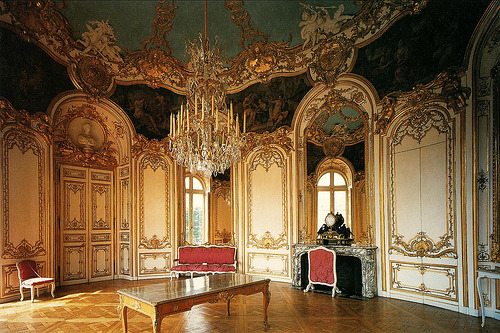History of Interior Design Test 2
5.0(4)
5.0(4)
Card Sorting
1/69
Earn XP
Description and Tags
Study Analytics
Name | Mastery | Learn | Test | Matching | Spaced |
|---|
No study sessions yet.
70 Terms
1
New cards
What is the origin of the Stupa?
a shrine containing the remains of a holy or sainted person and/or artifacts (relics) associated with them, originating in India prior to the 5th century BCE as tombs of holy men and evolving afterwards into sacred sites dedicated to the Buddha
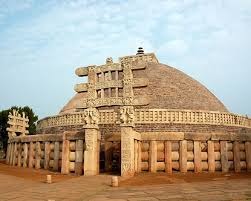
2
New cards
How did seating differ from East (China/ Cambodia) to West (Europe)?
Western climates get a lot more rain so this group generally used chairs for the primary seating option in contrast to eastern cultures that often sat on the floor. Culturally in the East, chairs were reserved for those of high status.
3
New cards
What religious period is associated with Baroque design?
The counter reformation and the protestant reformation
4
New cards
Name 3 characteristics of a Renaissance interior?
Stacked horizontal divisions on walls
High and ornamented ceilings- coffers commonly used
Recessed wall fireplaces with a coat of arms
High and ornamented ceilings- coffers commonly used
Recessed wall fireplaces with a coat of arms
5
New cards
Who brought renaissance design to England?
Inigo Jones
6
New cards
What are pattern books? How did they change the furniture industry?
Pattern books made architectural designs available to the middle class that had previously only been available to the wealthy. Their widespread use influenced home designs throughout the country, but still left room for builders to adapt those designs to local tastes and functional requirements
7
New cards
What is the first true Interior style?
Rococo
8
New cards
Characteristics of Georgian Style
* exceedingly plain
* mahogany wood
* mahogany wood
9
New cards
Characteristics of Jacobean Style
* Plaster Ceilings and paneling
* Timbered ceilings
* Painted walls to look like tapestries and painted panels to imitate marble
* Blackwork: elaborate patterns in black on s white background
* Timbered ceilings
* Painted walls to look like tapestries and painted panels to imitate marble
* Blackwork: elaborate patterns in black on s white background
10
New cards
Characteristics of Islamic Design
domes, arches, minarets, Muqarnas vaulting, and girih tiles
11
New cards
How does furniture produced in colonies reflect and differ from furniture produced in the Colonizing country?
The furniture was sparse, and often served multiple services.
12
New cards
Name some inventions of that propel the furniture industry to mass production?
Pattern Books
13
New cards
What were guilds? What is their modern-day equivalent?
a medieval association of merchants or craftsmen
approximate equivalent to modern-day business organizations such as institutes or consortiums.
approximate equivalent to modern-day business organizations such as institutes or consortiums.
14
New cards
flying buttresses
stone supports that stood outside the church
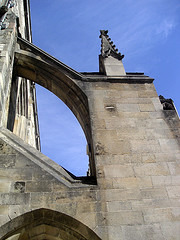
15
New cards
Pinnacle
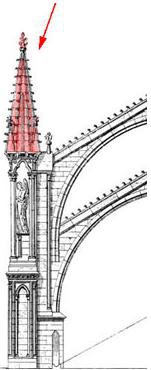
16
New cards
Buttress
a supporting structure

17
New cards
ribbed vault
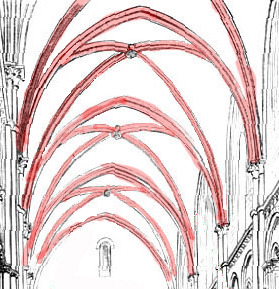
18
New cards
Clerestory
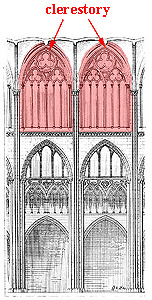
19
New cards
triforium
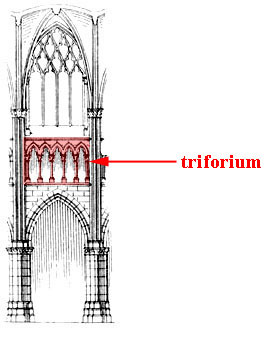
20
New cards
pointed arch

21
New cards
piers
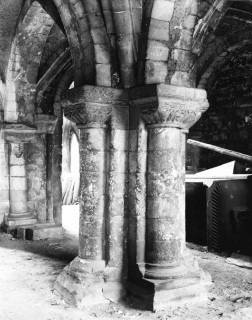
22
New cards
aisle
the portion of a basilica flanking the nave and separated from it by a row of columns or piers

23
New cards
nave
the central area of a church
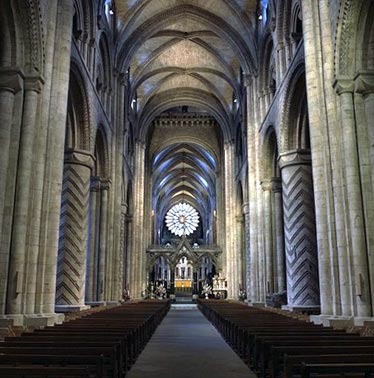
24
New cards
Tablero and talud
Architectural profile in which rectangular projections (tablero) are interspersed on a sloping surface (talud)
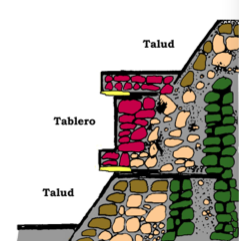
25
New cards
qibla wall
wall that faces Mecca

26
New cards
Mihrab
A semicircular niche set into the qibla wall of a mosque.
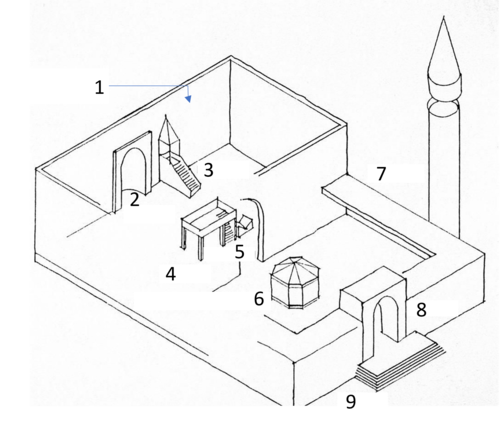
27
New cards
Minbar
a short flight of steps used as a platform by a preacher in a mosque.
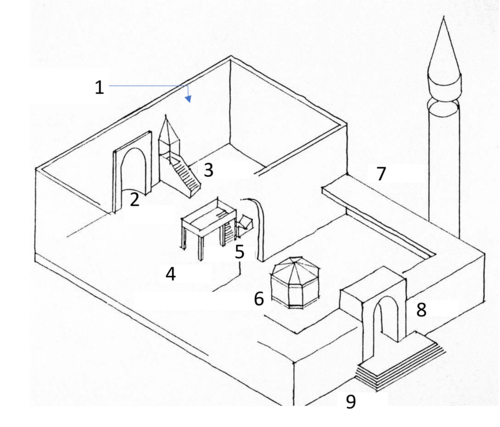
28
New cards
Dikka
A platform in a mosque, often made of wood, that holds muezzins who chant in unison with the prayer leader.

29
New cards
kursii
chair

30
New cards
ablutions fountain
found in the center of the mosque; where Muslims perform ritual washing before entering a mosque.
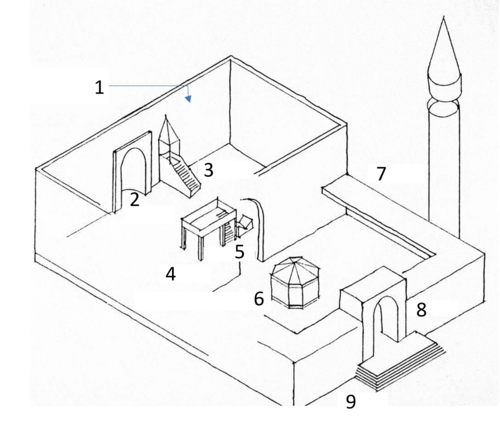
31
New cards
Minaret
the tower attached to a mosque from which the muezzin, or crier, calls the faithful to prayer five times a day
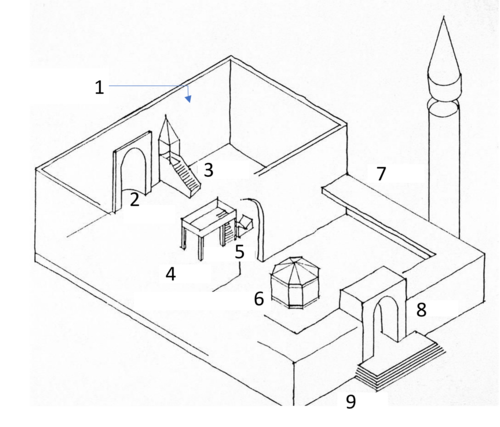
32
New cards
portal
an entrance, door or gate
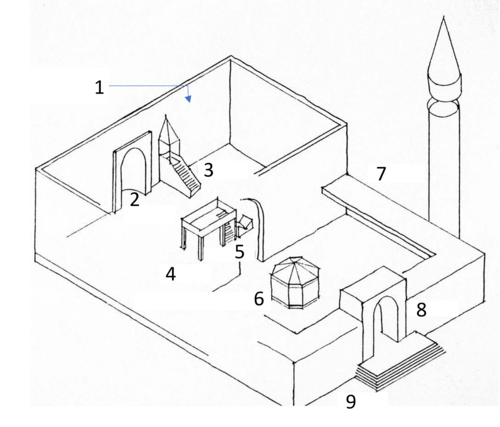
33
New cards
plinth
an architectural support or base (as for a column or statue)
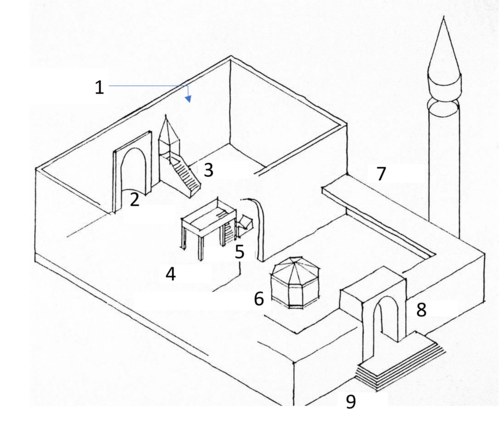
34
New cards
Cup and Cover
furniture piece
tudor style design
tudor style design
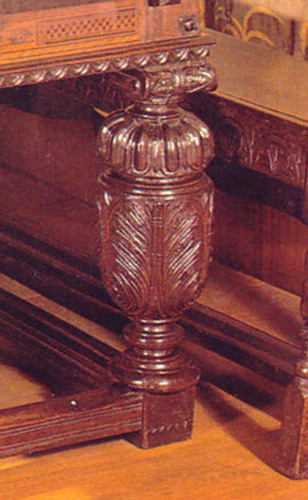
35
New cards
claw and ball foot
common feature found on early Chippendale styles that resemble a claw gripping a ball
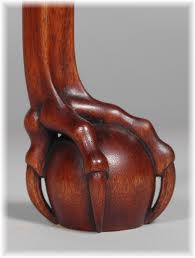
36
New cards
Cabriole leg
a furniture leg that curves out at the middle and then tapers inward just above an ornamental foot

37
New cards
escutcheon
a shield or emblem bearing a coat of arms
38
New cards
broken pediment
a pediment in which the cornice is discontinuous or interrupted by another element
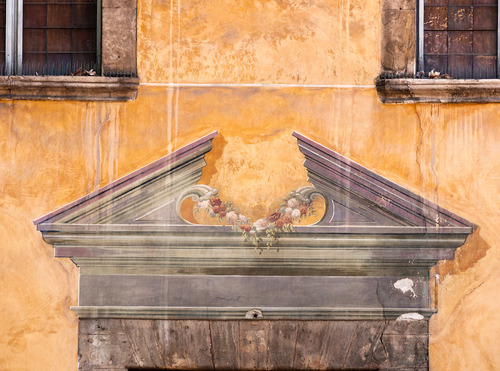
39
New cards
furniture knee
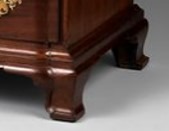
40
New cards
spanish foot
Rectangular ribbed foot larger at the base, usually with a weak scroll.

41
New cards
Ormolu
a cast brass, chiseled and gold-gilded decorative mountings for furniture
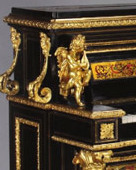
42
New cards
LOUIS XIV ARMCHAIR
baroque

43
New cards
Regency Armchair
regency
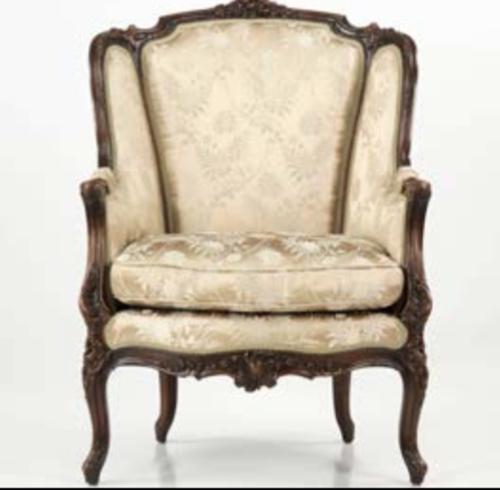
44
New cards
LOUIS XV ARMCHAIR
Rococo

45
New cards
Heppelwhite
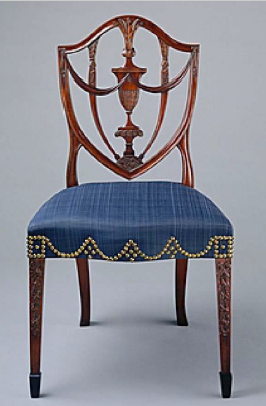
46
New cards
Sheraton
Square back, tapered legs

47
New cards
Chippendale Chair
Georgian period. Influenced by Queen Anne with Ears
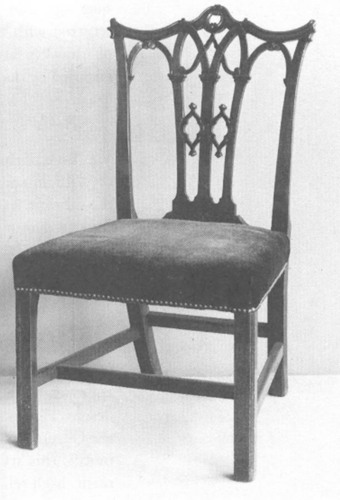
48
New cards
Sainte Chapelle
* Period: Rayonnant
* Paris, France
* Paris, France

49
New cards
Notre Dame
* Period: Early Gothic
* Paris, France
* Paris, France

50
New cards
Coronation Chair of Westminster Abbey
* Period: English Gothic
* London, England
* London, England
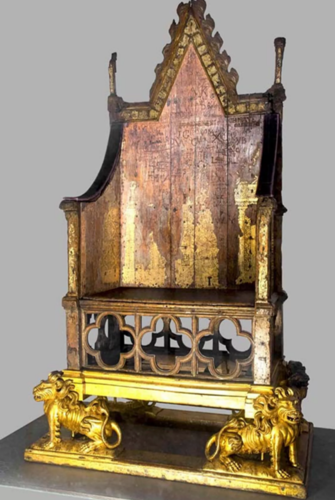
51
New cards
Mezquita Mosque and Cathedral
* Period: Islamic Spain
* Cordoba, Spain
* The Great Mosque
* Hypostyle Hall
* Hybrid of Roman Columns with horse shoe arches
* Cordoba, Spain
* The Great Mosque
* Hypostyle Hall
* Hybrid of Roman Columns with horse shoe arches
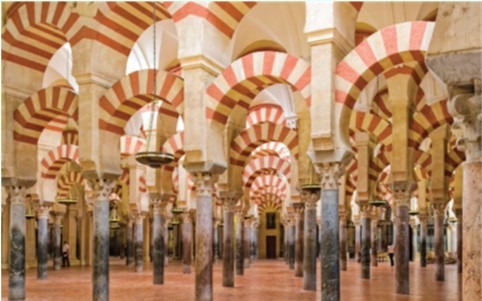
52
New cards
Blue Mosque
* Period: Ottoman
* Istanbul, Turkey
* Istanbul, Turkey
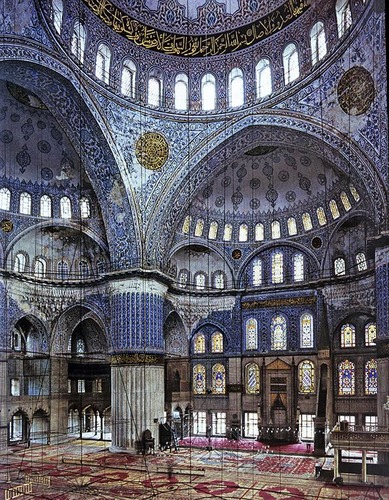
53
New cards
Pyramid of the Moon
* Period: Teotihuacan
* San Martin de las Piramidas, Mexico
* San Martin de las Piramidas, Mexico
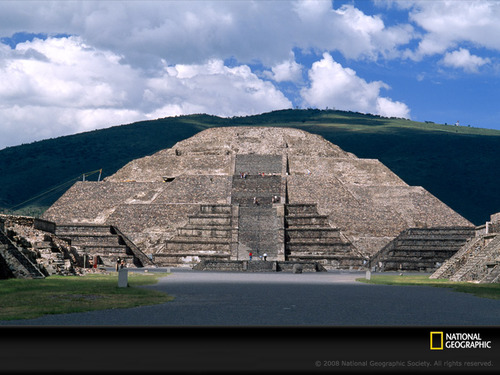
54
New cards
Chichen-Itza
\-Period: Mayan
* Tinum, Mexico
* Tinum, Mexico
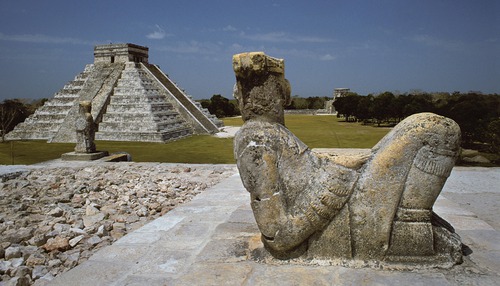
55
New cards
Santa Maria della Consolazione
* Period: High Renaissance
* Todi, Italy
* Todi, Italy
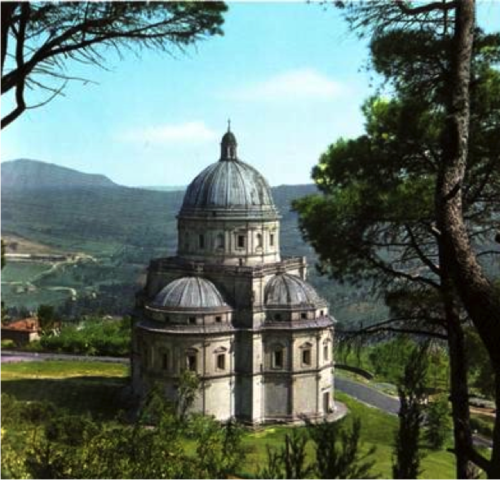
56
New cards
Laurentian Library
* Period: late renaissance
* Florence, Italy
* Designer: Michelangelo
* Florence, Italy
* Designer: Michelangelo
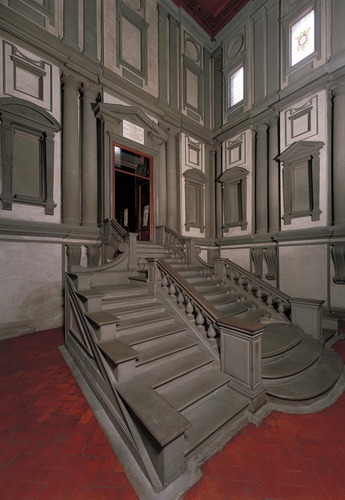
57
New cards
Banqueting House
* Period: Late Renaissance
* London, England
* Designer: Inigo Jones
* London, England
* Designer: Inigo Jones
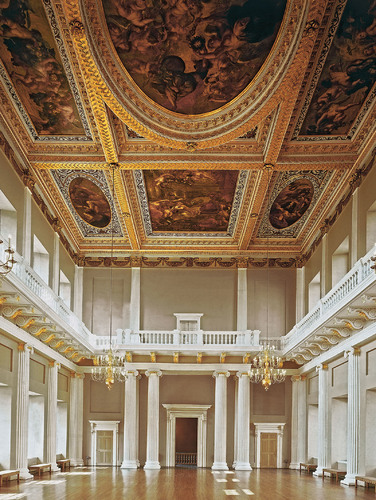
58
New cards
Longleat Hall
* Period: Elizabethian
* Wiltshire, England
* Designer: Robert Smythson
* Wiltshire, England
* Designer: Robert Smythson
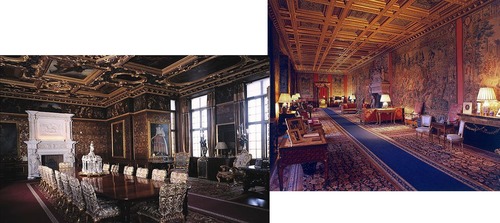
59
New cards
Windsor Chair
Location: American Colonies
Period: Colonial
Period: Colonial
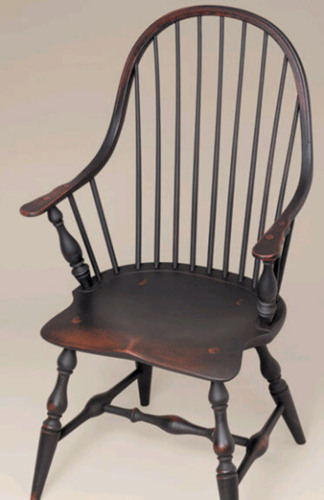
60
New cards
Sedia Chair
Location: Italy
Period: Italian Renaissance
Period: Italian Renaissance
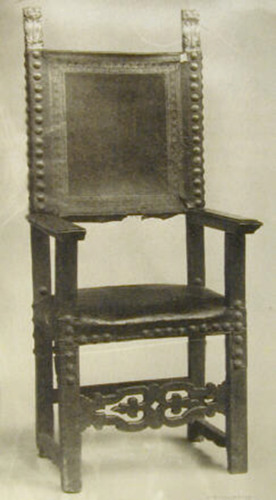
61
New cards
Yoke back chair
Location: China
Period: Ming Dynasty
Period: Ming Dynasty

62
New cards
Console Table
Period: Baroque
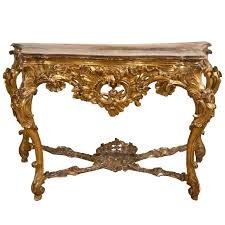
63
New cards
Arm Chair
Period: Baroque
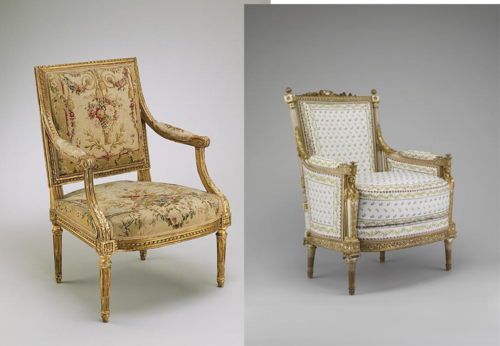
64
New cards
Cassone
Italian Renaissance

65
New cards
Hall of Mirrors
Period: Baroque
Location: Versailles, France
Designer: Le Vau
Location: Versailles, France
Designer: Le Vau

66
New cards
San Carlo alle Quattro Fontane
* Period: Baroque
* Rome, Italy
* Designer: Boromini
* Rome, Italy
* Designer: Boromini
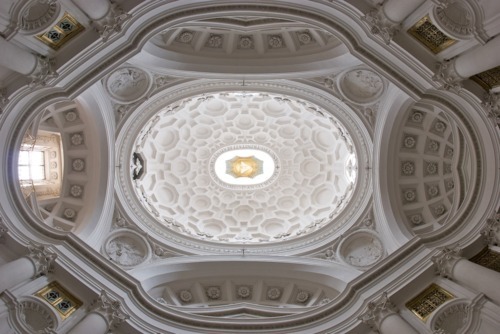
67
New cards
Designers of the Renaissance
Michelangelo, Bramante, Brunelleschi
68
New cards
Marquetry
a decorative technique of inlaying veneers into a pattern assembled like a jigsaw. We studied uses of wood, tortoiseshell ivory and metal.
69
New cards
Angkor Wat
Location: Cambodia
Period: Khmer
Period: Khmer
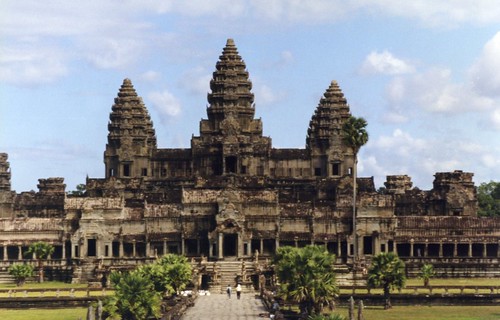
70
New cards
Hotel de Soubise
Period: Rococo
Location: Paris, France
Designer: Germain Boffrand
Location: Paris, France
Designer: Germain Boffrand
